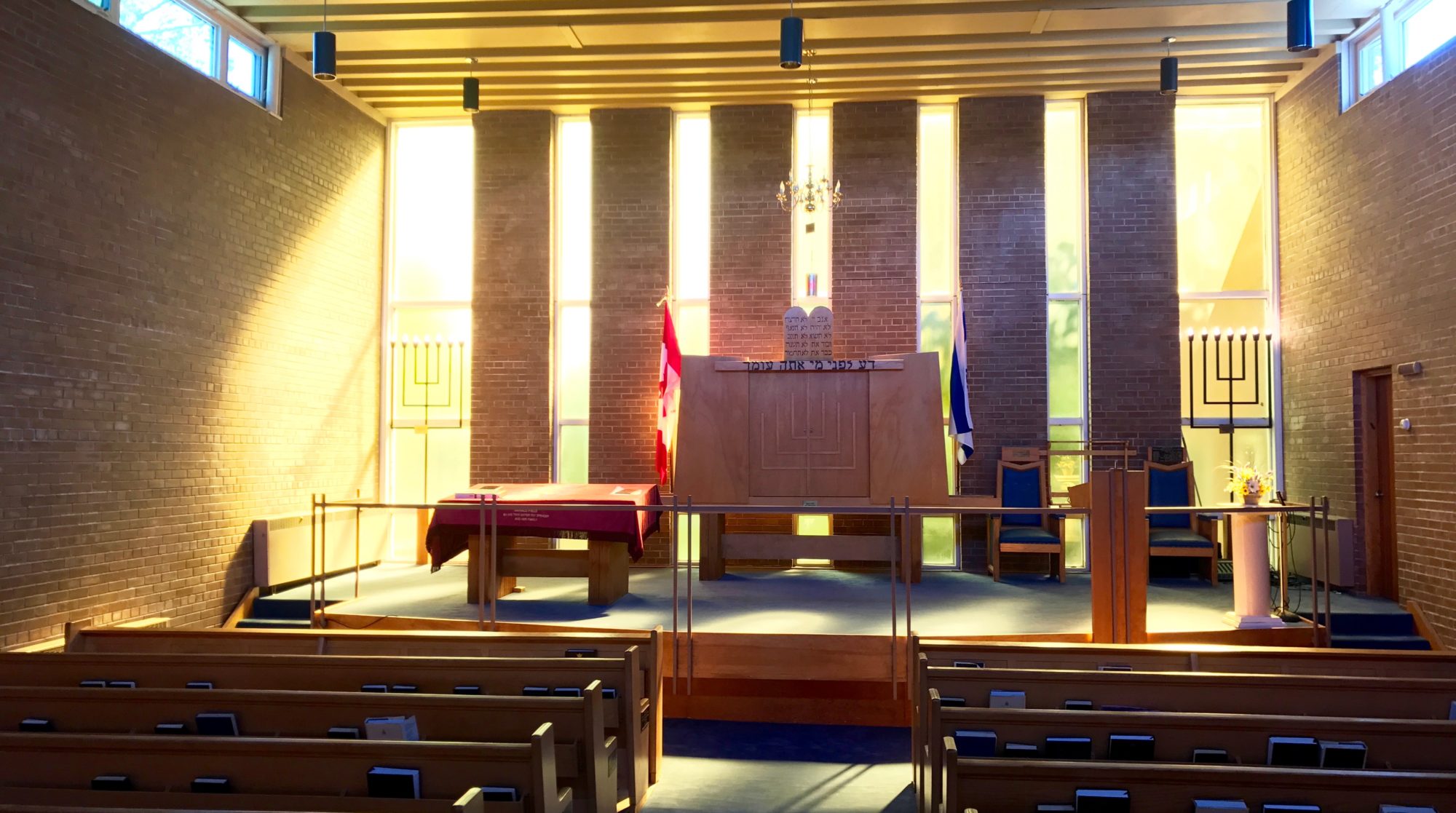HISTORY AS DESTINY
by Jacques Abourbih
Although our sacred shrines and even our sacred cities were destroyed, our nation was not. And unlike other nations whose loss of homeland signaled a loss of national identity, Israel remained the people of the Torah, alive and returning to its mission and its land. No other people, separated from its homeland for 2,000 years, ever remained intact as a separate ethnic and cultural entity.
Yohanan ben Zakai felt the fall of our people deeply. But—and in this lies his historical importance—he did more than any one else to prepare the way for Israel to rise again.
He was a younger student of Hillel (110BCE-10CE), and as such his lifespan straddles the period just preceding the destruction of the 2nd Temple (in 70 CE) and the earliest rabbinical tradition.
With the destruction of the Temple, normative Judaism based on the Temple worship became impossible. R. Yochanan understood that the crisis of 70 CE forced a more rigorous reformulation of Judaism if Judaism were to survive. He interpreted the words of the prophet (Hosea vi. 6), “I desire mercy [hesed], and not sacrifice,” to mean that acts of loving-kindness were equivalent to the sacrificial service. Essentially he explaining that until the Temple is rebuilt Tefillah (prayer), Teshuvah (repentance) and Tzedakah (acts of mercy) were to replace the sacrifices.
Perhaps his greatest accomplishment is that he recognized the immense value of teaching and learning in preserving Jewish tradition. Shortly before the besieged city of Jerusalem fell he had himself carried to the Roman camp in a coffin, faking his own death. Like Josephus, R. Yohanan prophesied imperial honors for the general Vespasian, quoting the words of the prophet Isaiah: “Lebanon [that is, the sanctuary] shall fall by a mighty one” (Isa.x. 34). For this prophecy he sought and obtained permission from Vespasian to build a school in Yavneh. In this school Yochanan and his followers slowly rebuilt Judaism from the ashes of the destroyed temple.
The synagogue had already been a tradition in Israel since the return from the exile to Babylon. It had developed as local gathering places of prayer alongside the established sacrificial service in the Temple. From these humble beginnings Rabbi Yochanan transformed the synagogue into a formal place of study and worship-a role of central importance to Jews throughout history and to this day. So successful was the synagogue as an institution that Christianity and Islam modeled the concept of church and mosque after the synagogue.
At Yavneh he established a Bet Din (tribunal) to replace the Sanhedrin which by then could no longer exist after the Destruction outside of the Temple precinct. The Bet Din became the building block of the legal system in Israel for centuries and was transferred to the Diaspora. This institution continues to this day, and decides on religious matters and civil matters and arbitrations between Jewish parties agreeing to mediation by a Bet Din.
At Yavneh started the final process of canonization of the TaNaCh as it is known today. The Torah and Nevi’im, the two first divisions of the TaNaCh were already fairly well established earlier. The content of the third division, Ketubim (the Writings, which include Psalms, Job, Esther, Song of Songs, etc…) remained somewhat fluid in Judaism until after the fall of Jerusalem to the Romans in 70 CE. By the end of the 1st century, the Rabbis of Yavneh had established the final list as we know it today.
R. Yochanan marks the historical divide between Biblical and Rabbinical Judaism. He and the generations after him for the next 200 years became known as Tannaim (Rabbis of the Mishnah). They claimed authority through the transmission of the Oral tradition all the way back to Moshe Rabbenu to the prophets, and the last of the Zugot (pairs) Hillel and Shammai (See Pirke Avot I).
Jacques
